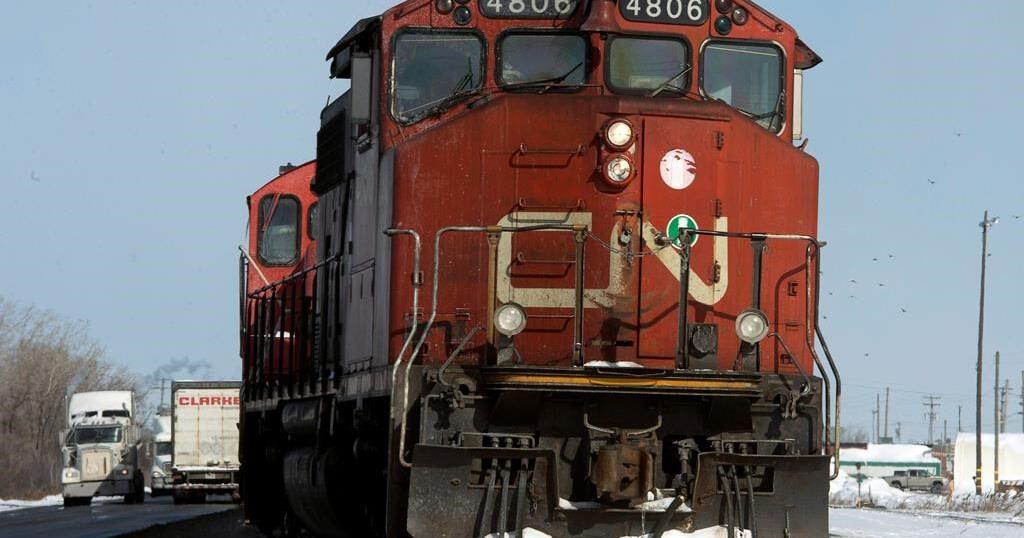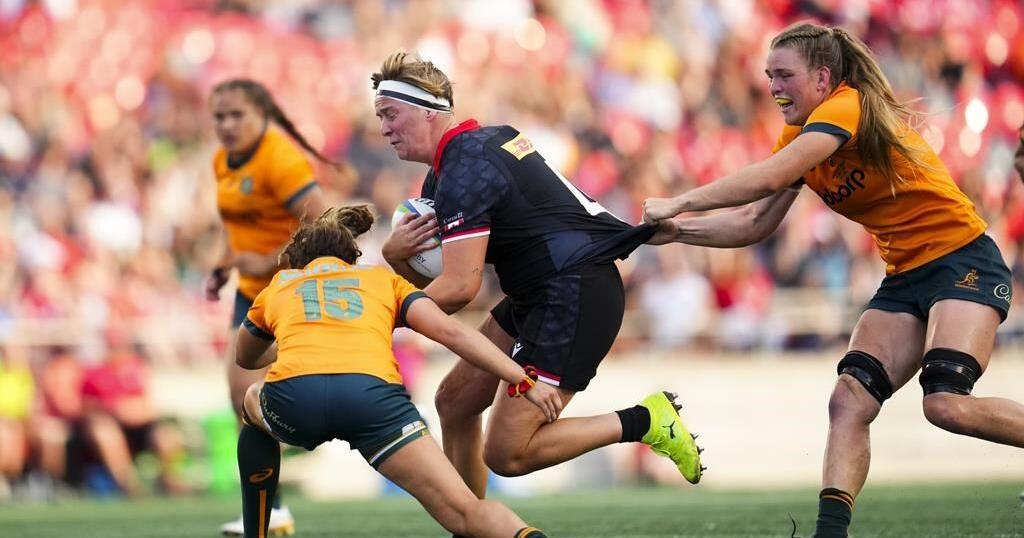MONTREAL – Canadian National Railway Co. told employees this week it plans to relocate its operations in Jasper to near Hinton, Alta., about 100 kilometres away.
In a memo sent to employees in the fire-ravaged town, the company said it’s aiming to increase efficiency by minimizing train stops between Edmonton and Blue River, B.C., which sits across the Rockies.
CN plans to close its Jasper bunkhouse and build a crew change facility east of Hinton, with workers slated to clock in at the new site starting in September 2025, according to the document obtained by The Canadian Press.
“CN has made the decision to implement operational changes to improve network fluidity,” regional vice-president Nicole James said in the memo.
The union representing rail workers criticized the relocation, which affects about 200 employees, though no layoffs are expected.
“This is another devastating blow to the town of Jasper, after this year’s catastrophic wildfires. Rail is one of the largest industries in Jasper, after tourism, and CN’s move will cripple this community even further,” said Paul Boucher, president of the Teamsters Canada Rail Conference.
“And for the workers who’ve already lost so much — some even their homes — this is a truly cruel blow.”
Union spokesman Christopher Monette noted that most residents or their spouses must work in town to qualify to live there under Jasper National Park’s residency rules. The company has told the union it will apply for an exception for the workers, he said.
CN spokeswoman Ashley Michnowski says the railway is committed to supporting employees through the transition and keeping them updated.
“These types of changes take time to fully plan out and implement. That’s why one of our initial steps was to have this discussion with our employees as well as advising the town of Jasper,” she said in an email.
A wildfire ripped through Jasper in July, destroying a third of the mountain town and displacing many of its 4,800 residents.
The blaze also caused smoke damage to the CN bunkhouse, which the company says it has worked to restore since it was allowed to re-enter the community with contractors on Aug. 16.
Engineers and conductors have been reporting for work in Hinton, roughly an hour away, since the wildfire.
With roots as a fur trade outpost, Jasper launched as a railway town in the early 20th century after tracks built by the Grand Trunk Pacific Railway — CN’s predecessor — paved the way for the municipality.
This report by The Canadian Press was first published Sept. 19, 2024.
Companies in this story: (TSX:CNR)




















